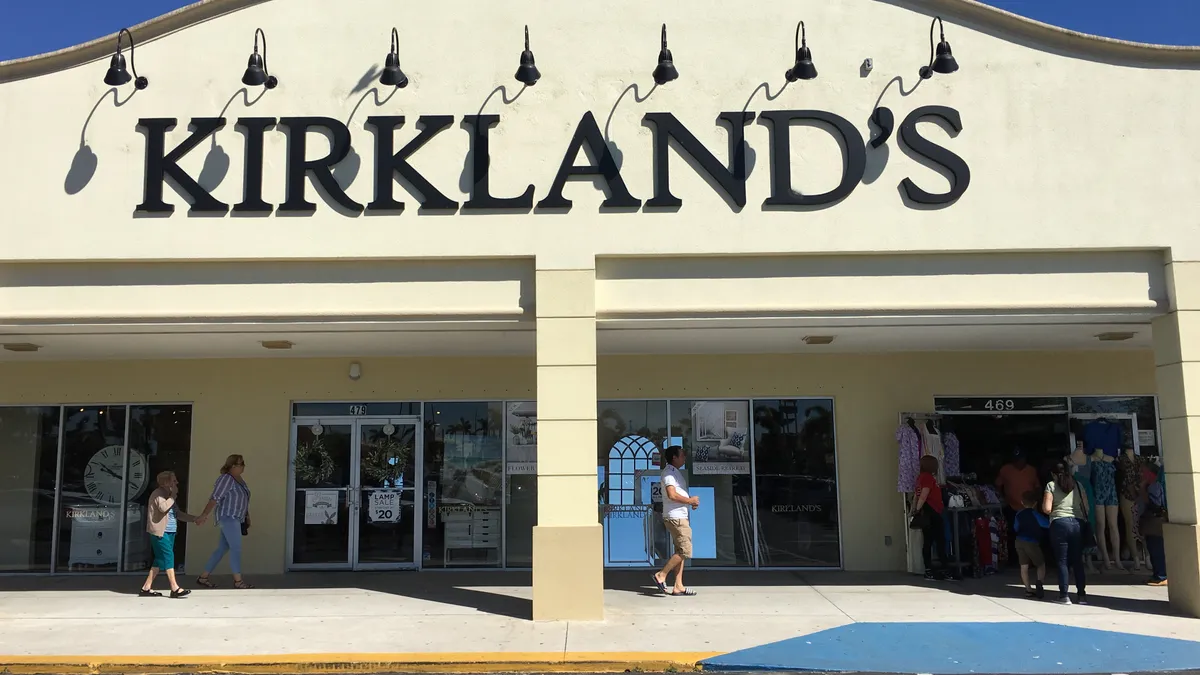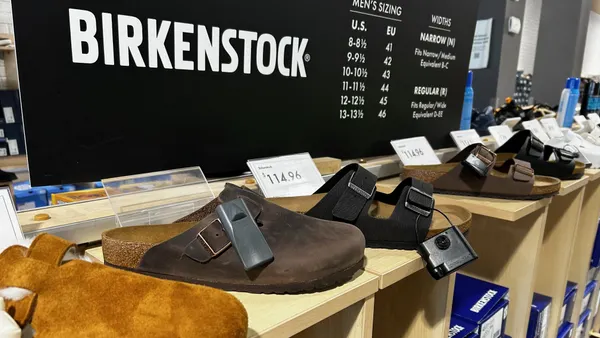Editor's Note: The following is a guest post from Christa Hart and Amir Agam, senior managing directors at business advisory firm FTI Consulting and contributors to FTI Journal.
The list of national retailers that have filed for Chapter 11 protection in recent years with the intention of reorganizing but instead wound up liquidating is long. Remember Circuit City, KB Toys, Borders, Linens-N-Things and Sports Authority? All gone. Earlier this month, The Limited, an apparel chain dating back to the 1960s, became the first retail casualty of 2017 when it announced it would be liquidating all 250 of its stores. Others are sure to follow.
These kinds of high-profile closings have contributed to the perception that Chapter 11 retail debtors, more so than non-retail debtors, fight an uphill battle to complete a restructuring. To find out if that is true, FTI used S&P’s Capital IQ bankruptcy database to conduct an analysis of Chapter 11 filings that occurred between January 2000 and June 2016 where a debtor had at least $100 million in debt or assets. The findings revealed that the proportion of large retail debtors that liquidate is, in fact, consistently far greater than the proportion of non-retailers — by a whopping 48% to 22%, respectively.
This disparity raises two compelling questions within the industry: Why is it so hard for troubled retailers to reorganize? And what distinguishes retailers that shut down for good from those that live to fight another day?
What’s driving liquidations
Any look at recent retail liquidation trends must begin with the Bankruptcy Abuse Prevention and Consumer Protection Act of 2005 (BAPCPA). Some provisions of BAPCPA favor the interests of certain creditors over a debtor, especially so when the debtor is a retailer. That arguably makes reorganization more challenging.
Prior to BAPCPA, a retailer could spend a year or more in bankruptcy. Now, significant time constraints place pressure on a debtor to move faster. For instance, the debtor must make decisions about renewing or rejecting its leases within 120 days of filing, with the bankruptcy court permitting only one 90-day extension beyond that (without landlord consent). This is a heavy burden for a large retailer with hundreds of locations and dozens of landlords — in general, it can take 120 days just to complete a Going Out of Business (GOB) sale. As a result, lenders today frequently require retail debtors to find a strategic buyer or propose a reorganization plan within 90 to 120 days after filing for bankruptcy or else commit to a GOB sale and face liquidation.
BAPCPA also changed the way certain goods are treated by the debtor in a reorganization plan. Now, merchandise received in the 20 days prior to a Chapter 11 filing must be paid in full, in cash, prior to emerging from bankruptcy. That increases the liquidity a debtor requires in order to emerge.
For all these reasons, advocates have been pushing to reform BAPCPA to provide more flexibility for retailers to achieve the goal of reorganization. It’s a fair idea considering the challenged state of the retail industry. But according to FTI’s analysis, the effect of BAPCPA on retail debtors’ ability to reorganize may be overblown: In the years subsequent to BAPCPA compared to those prior, the proportion of liquidated retailers rose a mere two percentage points, from 47% to 49%.¹
So if it’s not BAPCPA, what’s driving all the liquidations? One plausible explanation is the attraction of significant values brokered by professional liquidators compared with the continued struggle amidst the uncertain future of the retail industry. These professionals are very adept at effectively liquidating inventory, and can offer higher value that a debtor needs to beat in order to justify reorganization. Under the tight deadlines of BAPCPA, the liquidator can bring large sums of money into the estate fairly quickly — something senior creditors like.
Another explanation points to the explosion of online sales and their impact on the perception of brick-and-mortar retailing. The industry is now “over-retailed” and the value proposition of retail firms overall has declined. While there are still opportunistic buyers out there, they are cautious. As a result, many Chapter 11 retailers have found themselves abandoned at the altar.
In sum, the “bird in the hand” alternative to reorganizing has become more attractive to senior creditors than it used to be.
Why some retailers are reborn
When it comes to retail debtors that successfully reorganized and those that liquidated, FTI’s analysis² showed that pre-filing financial ratios and metrics between the two groups were surprisingly similar. Key measures of operating profitability and leverage in the three years preceding bankruptcy were essentially the same and offered few clues that distinguished between survivors and goners. Outside of retail, financial metrics differ significantly between the two groups.
Most likely qualitative factors, such as the debtor’s level of preparation in advance of a filing, played an important role in the fate of retail debtors that FTI analyzed.
One significant factor involves the relationship of a retailer with its constituent trade suppliers. The suppliers’ ability to stop the flow of merchandise or suddenly tighten credit terms is often the straw that breaks the back of a troubled retailer and can be the proximate cause of a Chapter 11 filing. Winning back the support of the supplier community can be a major challenge for a reorganizing retailer intent on emerging as a stronger business.
Landlords, too, are uniquely important in reorganizing efforts for a retailer. Unlike other debt obligations where financial relief for a debtor can be imposed on creditors in a Chapter 11 proceeding, financial obligations attached to assumed store leases survive intact — unless a landlord agrees to provide more favorable lease terms.
The importance of having a plan going into the filing is critical because debtor-in-possession (DIP) lenders to Chapter 11 retailers are tightening their terms. DIP lenders are providing shorter time frames, less new money and more aggressive milestones in their financing agreements; any missteps or delays in moving towards a successful exit can prove fatal.
Overall, the size, scale, goodwill and reputation of a retailer in Chapter 11 within its industry play a large role in its opportunity to emerge. So too does the ability of its senior executive team to marshal cooperation with key parties in interest who can greatly influence its negotiating strength, its outcomes with these critical creditor constituents and, ultimately, its fate.
Unfortunately, the challenging state of the retail industry especially for chains with a significant brick-and-mortar presence means that Chapter 11 filings will continue to be a reality in the foreseeable future. For retailers looking to emerge on the other side of bankruptcy, it’s critical to get out in front of these issues and constituents as early as possible, and to move with urgency. Delay, denial and dithering will hasten the very outcome every debtor hopes to avoid.





















